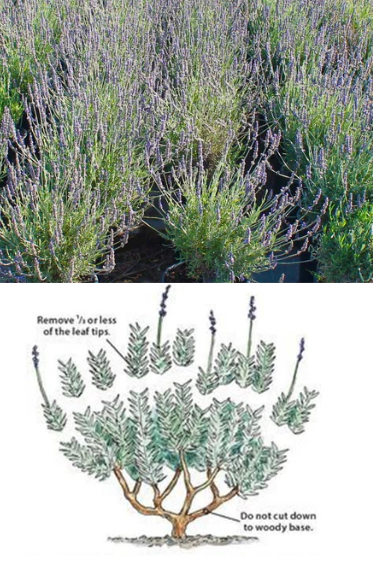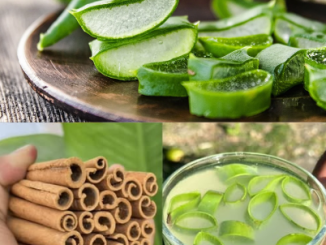
Lavender Pruning Made Easy: Boost Growth, Blooms, and Longevity
Lavender is one of those plants that just feels like a breath of calm. Its purple blooms and intoxicating scent are enough to turn any garden into a peaceful retreat. But here’s the thing: if you want your lavender to thrive year after year, you can’t just let it grow wild. Pruning is essential—not optional. Done right, it keeps your lavender lush, blooming, and beautifully shaped.
Ready to turn your lavender bush into a blooming superstar? Let’s break down exactly when and how to prune it for maximum payoff.
Why Prune Lavender in the First Place?
Think of pruning like giving your lavender a fresh haircut—it gets rid of the messy bits, promotes healthy regrowth, and makes the whole thing look better. But it’s not just about looks. Here’s why pruning should be part of your lavender routine:
- It jumpstarts new growth, making your plant fuller and bushier.
- It extends the bloom season by encouraging more flower spikes.
- It keeps disease at bay by removing dead or moldy parts.
- It prevents your plant from becoming leggy or woody, especially as it ages.
So yes, skipping a trim might be tempting, but the payoff from pruning is huge—trust me.
When Should You Prune Lavender? Timing Is Everything
There’s no one-size-fits-all date, but most gardeners agree: lavender needs pruning twice a year. Once in early spring and once after its first round of blooming.
Spring Pruning (March to April)
This is your “clean-up” prune. After winter, some stems might be dead, frostbitten, or just plain tired. Trim back about one-third of the plant, cutting above the green growth. Avoid the woody base—lavender doesn’t bounce back well if you go too low.
Video : When, Why and How to Prune Lavender
Post-Flowering Pruning (Late Spring to Early Summer)
Once that glorious first bloom fades, it’s time to prune again. This round is a little more aggressive. Cut the plant back by about one-third again—but always above the green parts. This not only keeps the plant looking tidy but often triggers a second round of blooms later in the season.
The Don’ts of Timing:
- Don’t prune in late fall or winter. Cutting before cold sets in can leave the plant exposed and stressed.
- Don’t wait too long in spring—if new growth has already started, you risk cutting off potential blooms.
How to Prune Lavender Like a Pro
You don’t need fancy tools or a horticulture degree to prune lavender properly. Just follow these basic steps and you’ll be golden.
Start With the Right Tools
- Use clean, sharp pruning shears to avoid damaging the plant.
- Disinfect blades between cuts, especially if the plant has any disease or rot.
Focus on the Green Zone
- Never cut into the brown, woody stems—lavender won’t regrow from there.
- Always trim just above the soft, green leaves where new growth happens.
Shape It Up
- Try to maintain a rounded, dome-like shape. This helps the plant stay compact and prevents it from splaying open in the center.
- Think of it as sculpting, not hacking. A few small, intentional cuts go a long way.
Deadhead Regularly
- Snip off spent flower spikes throughout the season.
- This keeps the plant from wasting energy on seed production and directs it toward new blooms.
Extra Lavender Care Tips to Keep Your Plant Thriving
Pruning is key, but it’s just one piece of the lavender puzzle. Here are a few pro tips to keep your plant healthy and gorgeous year-round.
Sunlight and Soil
- Lavender craves sun—plant it where it gets at least 6 hours a day.
- Use well-draining soil or add sand/gravel if needed. Wet roots = sad lavender.
Watering Wisdom
- Lavender prefers dry conditions. Water only when the soil is bone dry.
- Overwatering is one of the quickest ways to kill it.
Winter Protection
- In cold zones, add a light layer of mulch after the first frost—but don’t smother the base.
- If your region gets harsh winters, consider growing lavender in containers so you can bring it inside.
Adjust Based on Variety
Not all lavender types behave the same. English lavender (Lavandula angustifolia) is hardy and loves regular trims. French and Spanish varieties are more sensitive and may need lighter touch-ups. Always observe your plant—if it’s struggling, scale back.
Video : How to Prune Lavender: A Beginner’s Guide
Final Thoughts: Prune Smart, Grow Strong
Lavender isn’t just a pretty face—it’s a resilient, fragrant powerhouse that rewards you when treated right. And pruning is your number one tool to keep it looking and performing its best. By pruning in spring and again after blooming, you’ll shape a plant that’s not only healthy and neat but bursting with blooms for months on end.
So grab your shears, breathe in that calming scent, and give your lavender a little TLC. Trust me—come summer, your garden (and your senses) will thank you.


